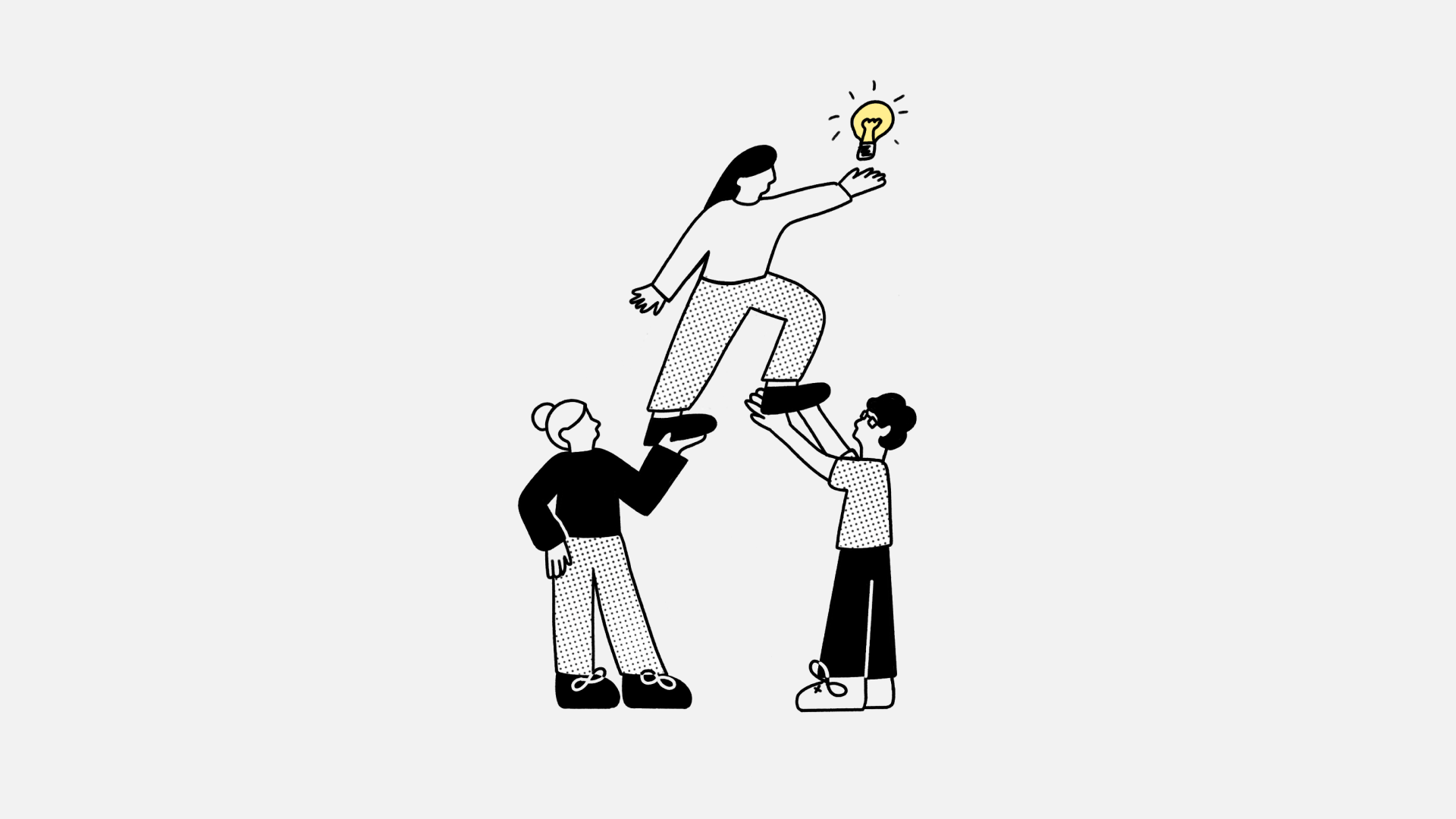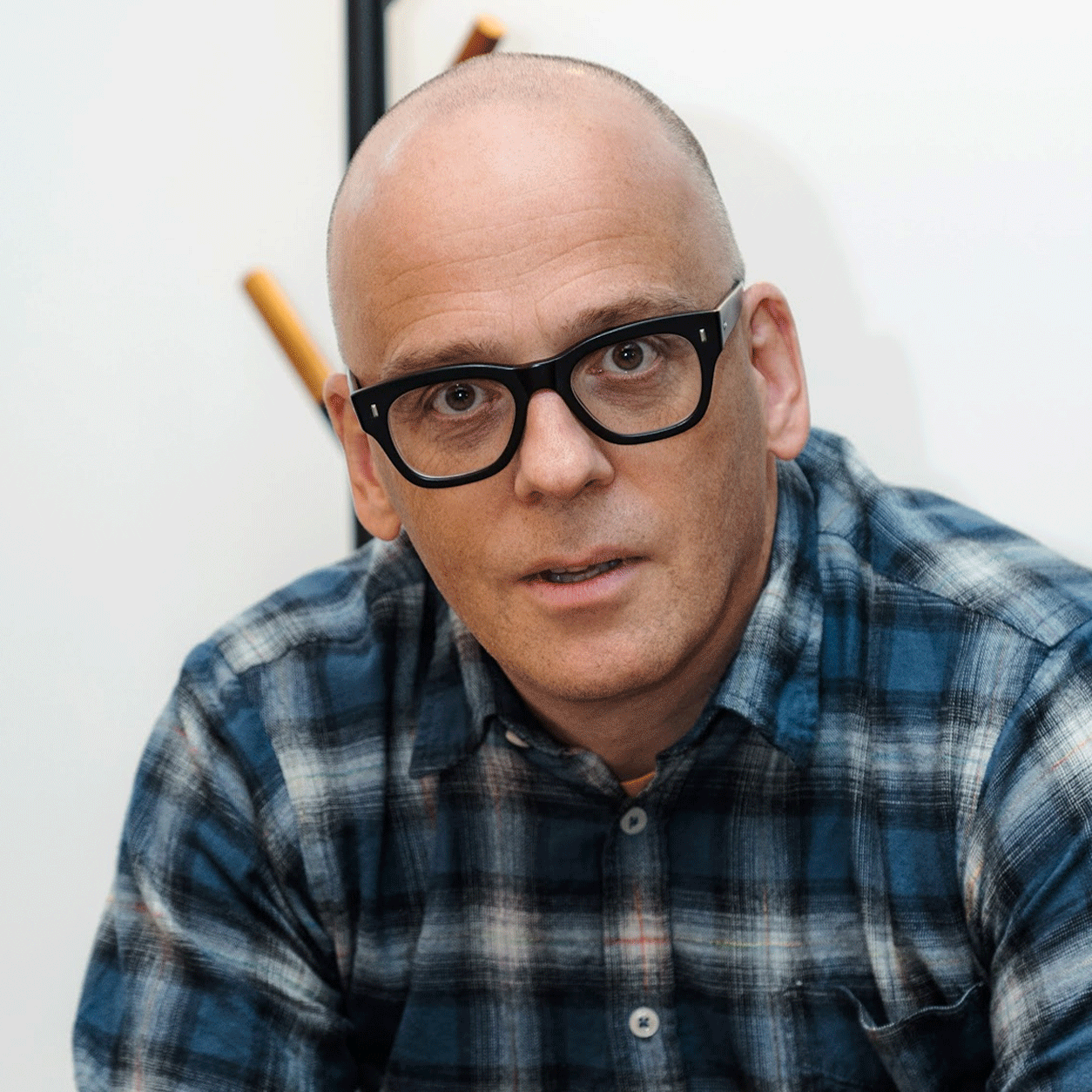Modernising? The journey starts with your people...
07 January 2025
When organisations embark on modernisation, the initial focus often falls on technology - the shiny new tools, frameworks, and infrastructure that will take you to the promised land.
But below the surface lies another even more complex challenge: people. Specifically, how do you modernise your teams without undue disruption and risk? How do you plan and estimate in uncharted territory? How do you keep your existing systems running smoothly while navigating this change? And how do you not lose hearts and minds along the way?

The challenge of change
Change is hard. Moving teams from old, familiar technologies to new ways of working introduces discomfort, uncertainty and for a hardened few, resistance. It’s not just about learning new languages or frameworks; it’s about unlearning old habits and embracing new ways of thinking and working.
Indeed, it can take many months before team members become truly proficient and confident in a new technology stack. During this time, mistakes will happen, frustrations will mount, and productivity will drop. Unless you tackle the people and skills issues head-on, many of the benefits that modernisation can bring will remain unrealised.
Mind the gap
If you modernise, then you will need to reskill. How much depends on the gap between where you are now and where you need to be. This isn’t just about closing the technology skills gap; it’s often about re-educating your team on improved ways of working.
For example, modern automation practices help reduce release times from months to hours, but unless your entire team is geared around continuous delivery practices, your release cadence will be no quicker than what it was before you modernised.
Hiring an expert
So, how do you close the gap? One approach is to hire external domain experts who can bring immediate knowledge to the team, guide them through the learning curve, and establish best practices from day one. While hiring domain experts might be expensive, they can significantly accelerate the transition.
The challenge - hiring the right person when you lack expertise in the new stack. Employing a third-party consultant, even for a short period, can mitigate this risk. Their track record and testimonials should speak for themselves, and if they’re worth their salt, they’ll help you hire their full-time replacement when the time comes.
Growing from within
Alternatively, you could rely solely on your existing team - a tempting option if budgets are tight and your team is up for the challenge. But this approach has some serious risks.
Reskilling takes time. Don’t expect your team to hit the ground running. Remember, it will be many months before they are fully productive. In the interim, they’ll likely underestimate tasks, miss deadlines, and make costly mistakes that require significant rework.
A balanced approach
Going it alone is too risky. A balanced strategy - combining external hires and internal growth - is the most effective way to transition. Experts can guide your team, accelerate delivery, and establish best practices while your existing staff gradually reskill. (We can help you on all these fronts.)
Balancing external hiring with internal growth also ensures you maintain legacy systems while building for the future. This approach requires more upfront investment, but it pays off by reducing the extended delivery timelines, rework, and fallout of going alone.
Keeping the lights on
Modernising doesn’t mean you can abandon legacy systems overnight. These systems often remain critical to your business and require ongoing updates, security patches, and feature development until new systems go live. Balancing modernisation with legacy maintenance poses a dilemma: who stays and who moves?
Deciding on who stays and who moves can lead to tension in the team. Specifically, reskilling will be viewed as a reward for the worthy (and not-so-worthy), whereas staying behind will be demotivating unless handled with care. It’s all a bit of a minefield.
Mitigation strategies include:
Stagger: Develop a clear plan where every team member knows their turn to reskill will come. This transparency reduces friction and ensures no one feels left behind.
Reward: Recognise and reward the team members who maintain legacy systems. Financial incentives, career growth opportunities, or guaranteed priority for future reskilling can keep morale high.
Rotate Allow team members to spend some time on modernisation projects, even if they primarily maintain legacy systems. This gives them exposure and ensures everyone feels part of the journey.
Modernising how you work
Modernisation isn’t just about upgrading technology; it’s about transforming your people and how they work. It’s an opportunity to build a modern delivery culture focused on collaboration, trust, autonomy, empowerment, and continuous improvement.
Reskilling isn’t a one-and-done process. A three-day React training course is a great start, but achieving true proficiency and cultural change takes months of planning, coordination, and support:
Invest: Offer ongoing workshops, mentoring, and peer learning opportunities to reinforce training.
Support: Provide easy access to learning resources like documentation, tools, and expert guidance.
Breathe: Be patient and recognise that mistakes (i.e. learning opportunities) will happen.
By modernising your delivery culture alongside your systems, you’ll create an environment where innovation thrives, teams grow, and your organisation stays ahead.

